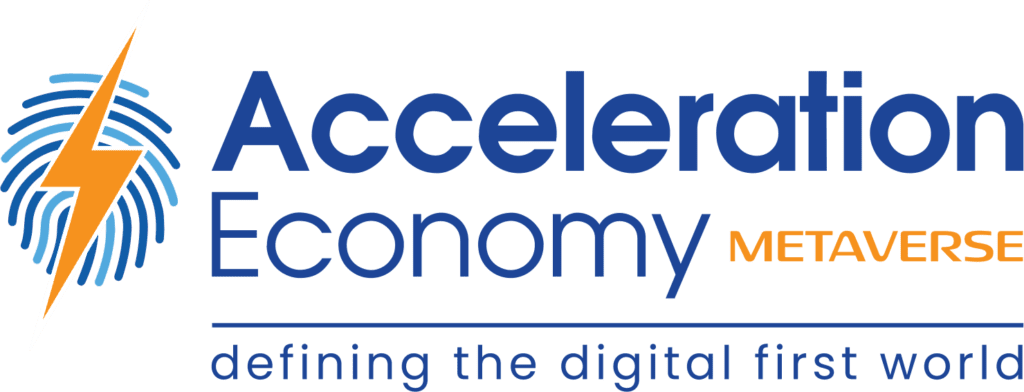Corporate social responsibility (CSR) has become integral to company culture. However, hot on CSR’s heels is social impact strategy.
While CSR strategies often focus on well-intended gesture politics like carbon offsetting, one-off donations, and eco-friendly product switches, social impact strategies are more deeply ingrained in the fabric of a company.
In many cases, CSR is reactive, and social impact strategies are not. Fundamentally, while CSR is not for profit, a social impact strategy aims to boost a brand’s integrity by focusing on the effect it has on specific social concerns on a day-to-day basis. And, of course, a stronger, more trusted brand identity leads to more customers.
So, where does the Metaverse fit into this? The Metaverse provides a new ecosystem to develop and foster social impact strategies. From sponsored training to diversified talent pools, the possibilities are enormous and, crucially, adaptable.
The Metaverse Charity Foundation Model
One organization in the Metaverse that has developed a model for social good is The Metaverse Charity Foundation. Although not focused on corporate growth, the not-for-profit foundation employs strategies and techniques, such as skill-building and education, to level the economic playing field, which companies could use in bespoke social impact strategies.
Based in Hong Kong, The Metaverse Charity Foundation aims to support social mobility for underprivileged and underrepresented people in the region. The mechanisms it intends to implement include free education sessions on developing and marketing NFTs, software training for critical Metaverse-enabling technologies, and job matching, so students can use their newfound skills to support local Metaverse projects.
Since the emphasis is on the opportunities the Metaverse can open up, all activities are focused on and often conducted in virtual environments. Although the project is region-specific, companies anywhere can easily replicate the model.
Global Implications
In the Metaverse, global boundaries dissipate, which provides many opportunities for companies looking to widen and develop social impact strategies. For example, technology organizations could focus software development training on specific regions where the local consumer base suffers from lower economic stability rather than in other areas where the technology is used.
Beyond this, manufacturers could work alongside sustainability projects that use the Metaverse to help with real-world climate concerns. Perhaps a Metaverse platform that educates users about pollutants in the ocean could appeal to its supporter base to fund ocean clean-up efforts. In this case, a company that uses excess plastics could help support the project inside the Metaverse and contribute to real-world clean-up steps.
Of course, social impact strategies should be about ongoing improvements and commitments. To this end, the Metaverse provides opportunities to create academies where users can train in Metaverse-related subjects specific to the sector. This model enables companies to offer a long-term solution to socioeconomic disparities.
Finally, companies could use Metaverse recruitment to ensure an unbiased, faceless hiring process. While this opens up the opportunity for a more diverse skills bank in your organization, it also ties in nicely with social impact strategy goals if this is an area in which you think your company could do better.
This article originally appeared in Kieron Allen’s My Metaverse Minute newsletter, which is sent every Sunday. Subscribe to the newsletter today — just enter your e-mail into the sign-up form on the right-hand side of this page — to get exclusive early looks at content such as this in the future.
Want to compete in the Metaverse? Subscribe to the My Metaverse Minute Channel:









